About 10 miles from Tishimingo, is the Chickasaw White House. Placed on the National Registry of Historic Sites (1971), this Victorian home was built in 1895. It was the family home of Douglas H. Johnston, the governor of the Chickasaw Nation during the transition from Indian Territory to Oklahoma statehood (1907) and beyond.
The house is historically significant to the Chickasaw Nation due political and social events that occurred here, the home’s architectural features, and the portrayal it provides of Oklahoma life in the early 1900s.
The house is historically significant to the Chickasaw Nation due political and social events that occurred here, the home’s architectural features, and the portrayal it provides of Oklahoma life in the early 1900s.
In 1998, the property was acquired by the Chickasaw Nation and an extensive project began to restore the house to its original appearance (with the addition of some modern features) in 2004. The first step was to stabilize the foundation and then workers took the house apart piece by piece. All usable original pieces were re-used (doors, floors, hardware, etc.) and new parts were made, as needed, as the structure was rebuilt over the next two years.
Tea parties, dances receptions, marriages, and political gatherings are some of the events that occurred here. The parlor has hand-blocked wallpaper (original pattern); a 14’ ceiling (as did most of the house); and, an original settee (wedding gift from Douglas to his wife, Bettie in 1895); and original oak library table (where many historical documents were signed by Governor Johnston). Next to it is the lovely music room. Music was important in Chickasaw schools and in the Johnston’s family.
A bedroom, bath, and Johnston’s office were to the right. The fireplace mantels were from Tennessee and the flooring from Denison, TX. Johnston managed the Chickasaw Nation’s business from this office after Oklahoma statehood.
The dining room was beautiful with the table set with the Johnston’s china. Right inside the (John’kitchen was an ice-box. The kitchen had a large stove, built-in corner cabinets, butter churn, period canned goods and preserves, and other artifacts of the early 1900s.
A detached section of the house featured the master bedroom and children’s room. Family photos are displayed on the dresser. What, no bathroom? No problem, chamber pots were used when necessary…
Mrs. Johnston planted three crepe myrtle bushes (that now look like trees!) around 1900. Two of them are in the front of the house. Her extensive garden was known in the region. Today there is a butterfly garden on top of the storm shelter that was built when the house was.
A large wooden swing can be seen in the side yard. There were various photos of family members on the swing in the early 1900s. Johnston’s carriage (that he used daily to go to Tishimingo when the National Capitol was there) is also on display.
What an interesting tour of this property. Kudos to the Chickasaw Nation for restoring the historic house and opening it to the public at no fee. It represents a pivotal time in the modern-day history of the Chickasaw and showcases the elegant home of the Johnstons. It is open Wednesday through Saturday, 10 am – 4 pm.
The house is located on a short distance down a dirt road and it did not come up on Google maps when I searched for it. Just follow directions to this address: 6379 East Mansion Rd, Emet, OK, 73450. It’s really worth a visit!
For additional information, go to www.chickasaw.net/whitehouse.
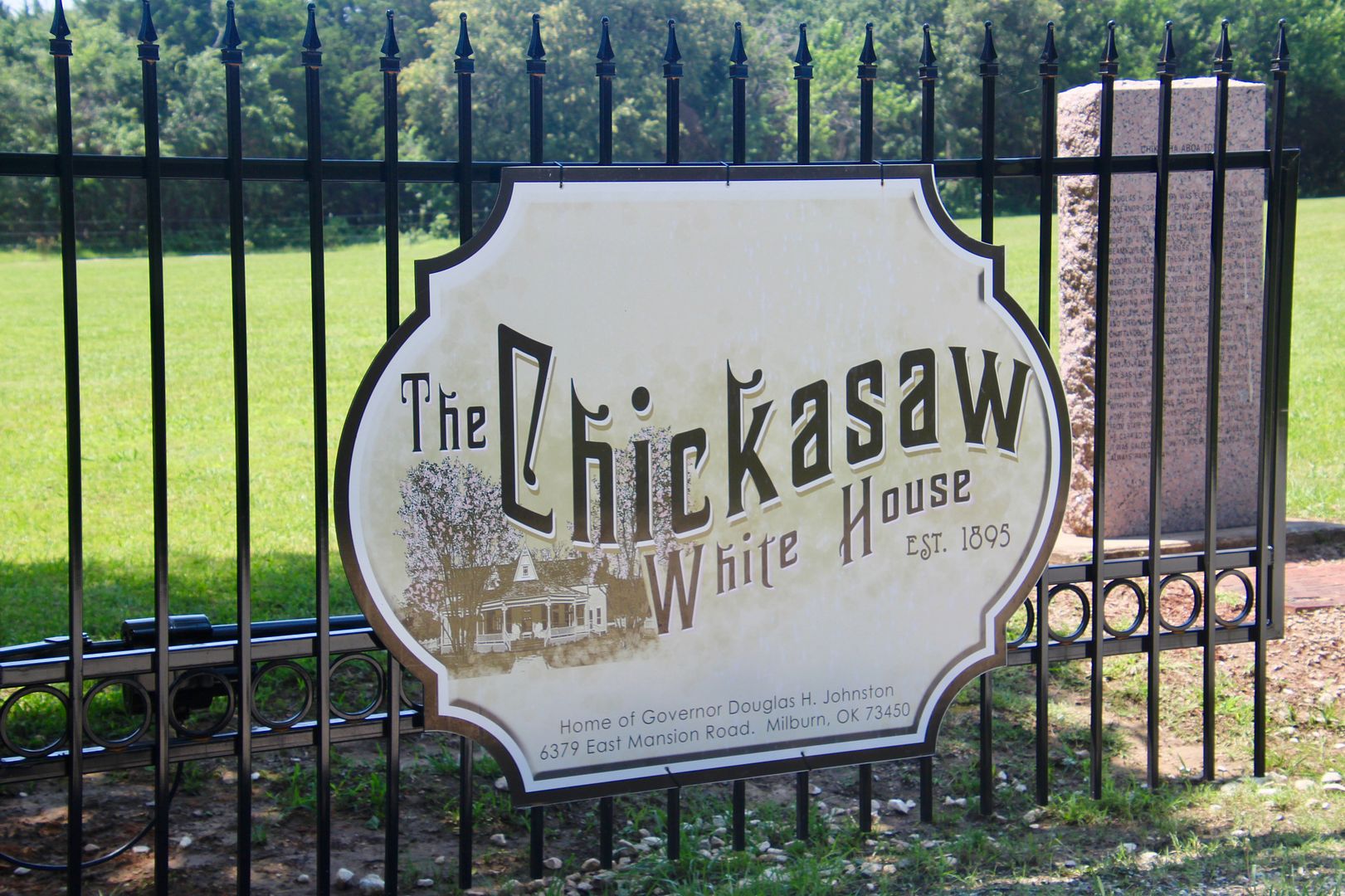
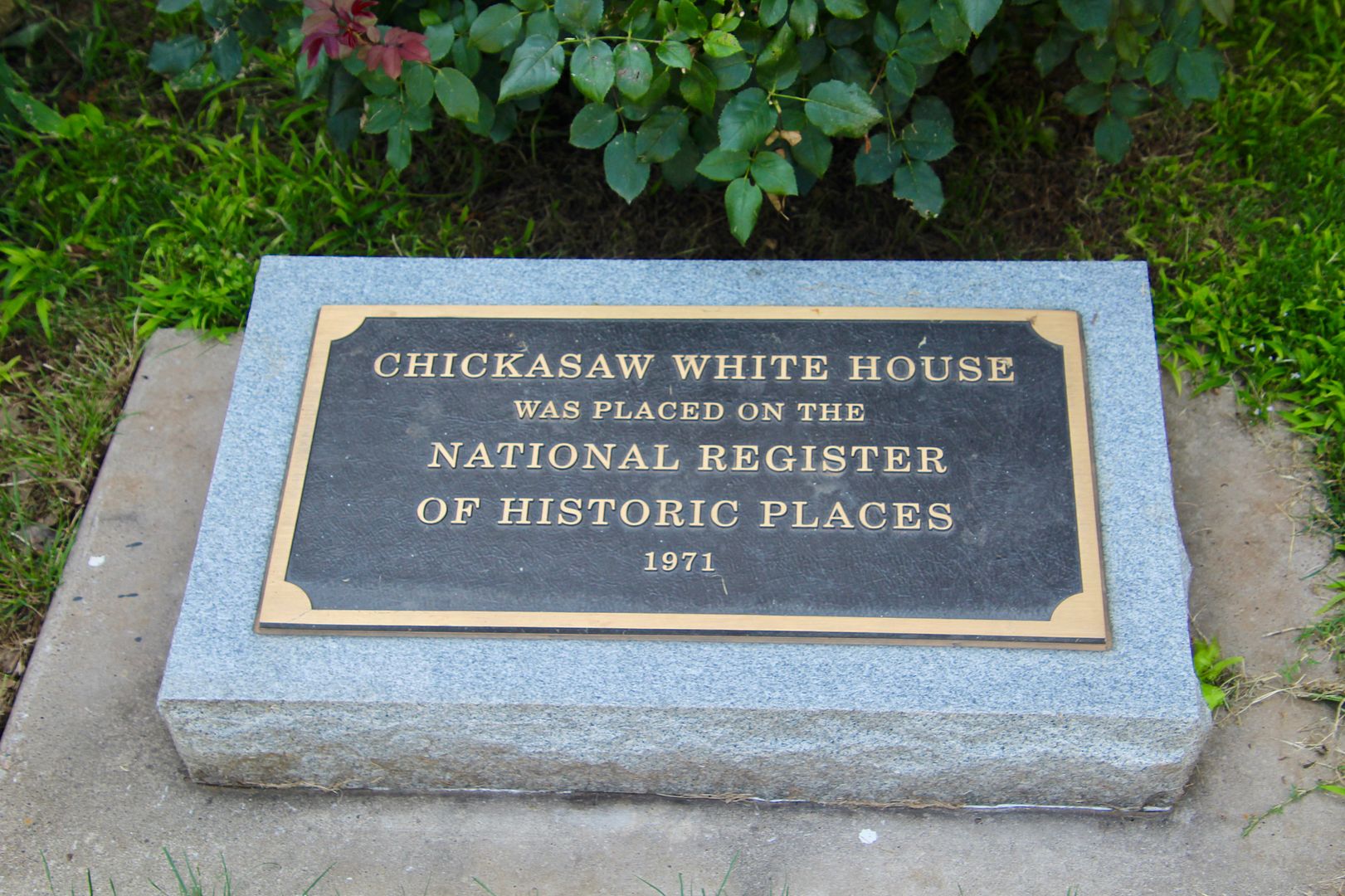
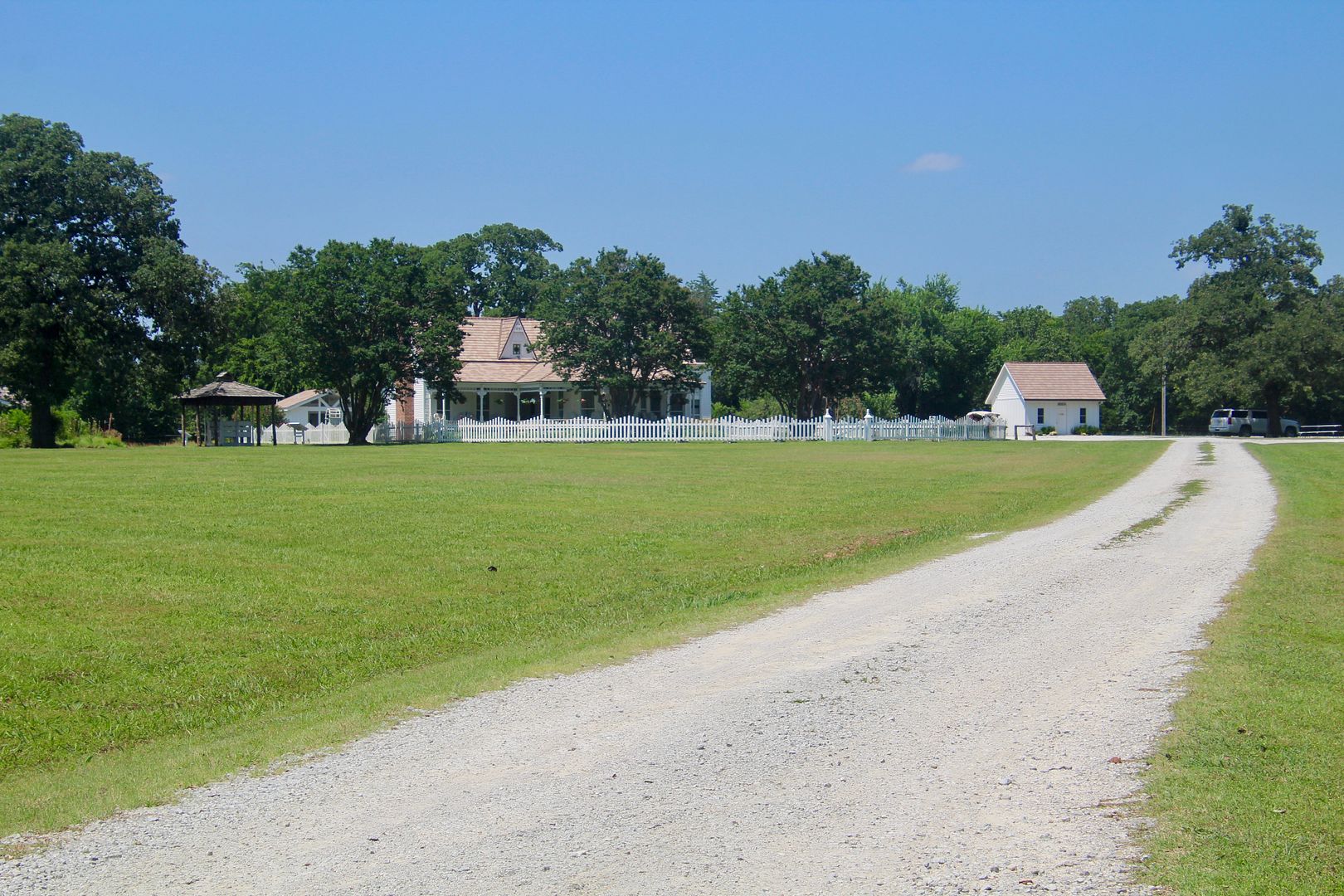
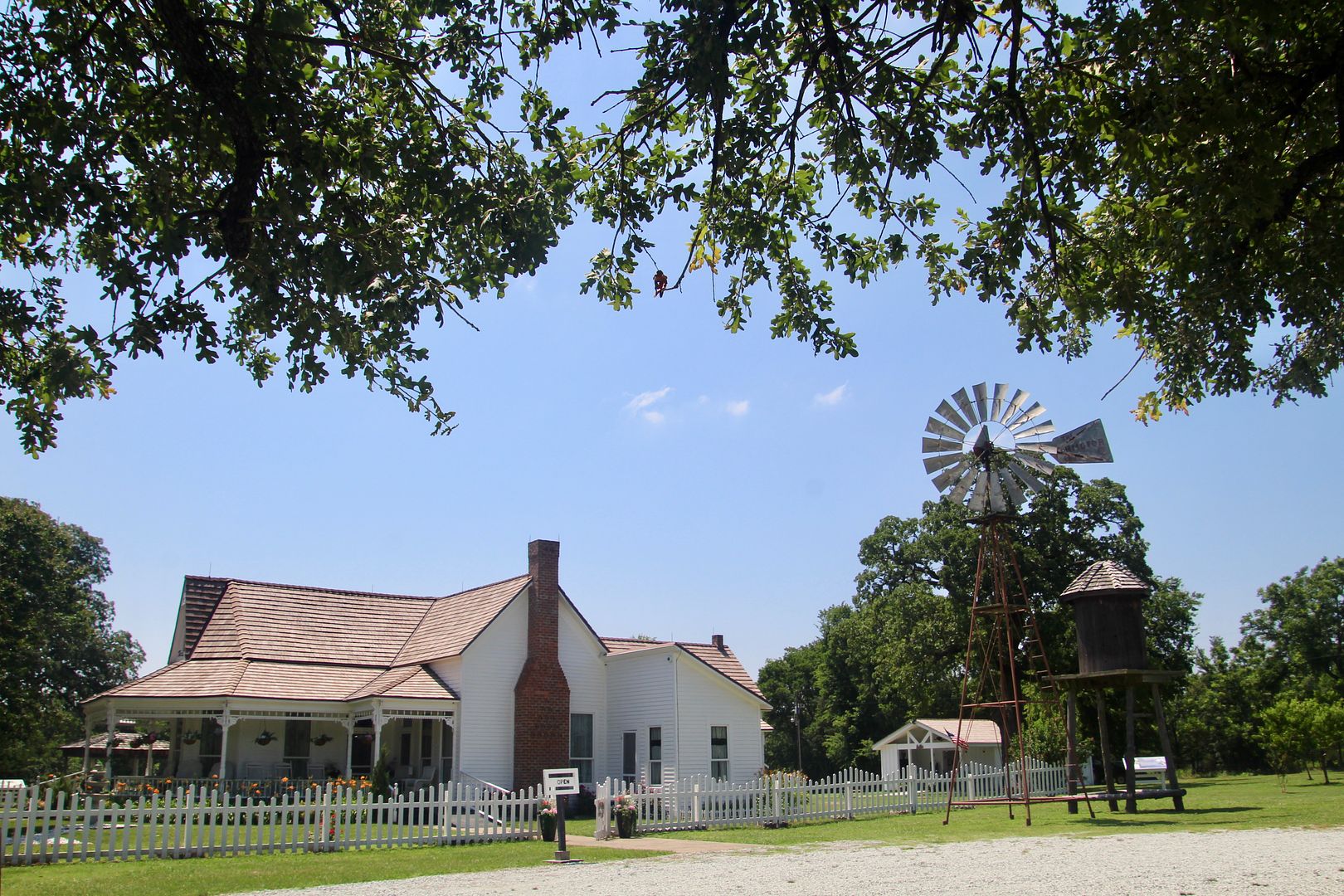
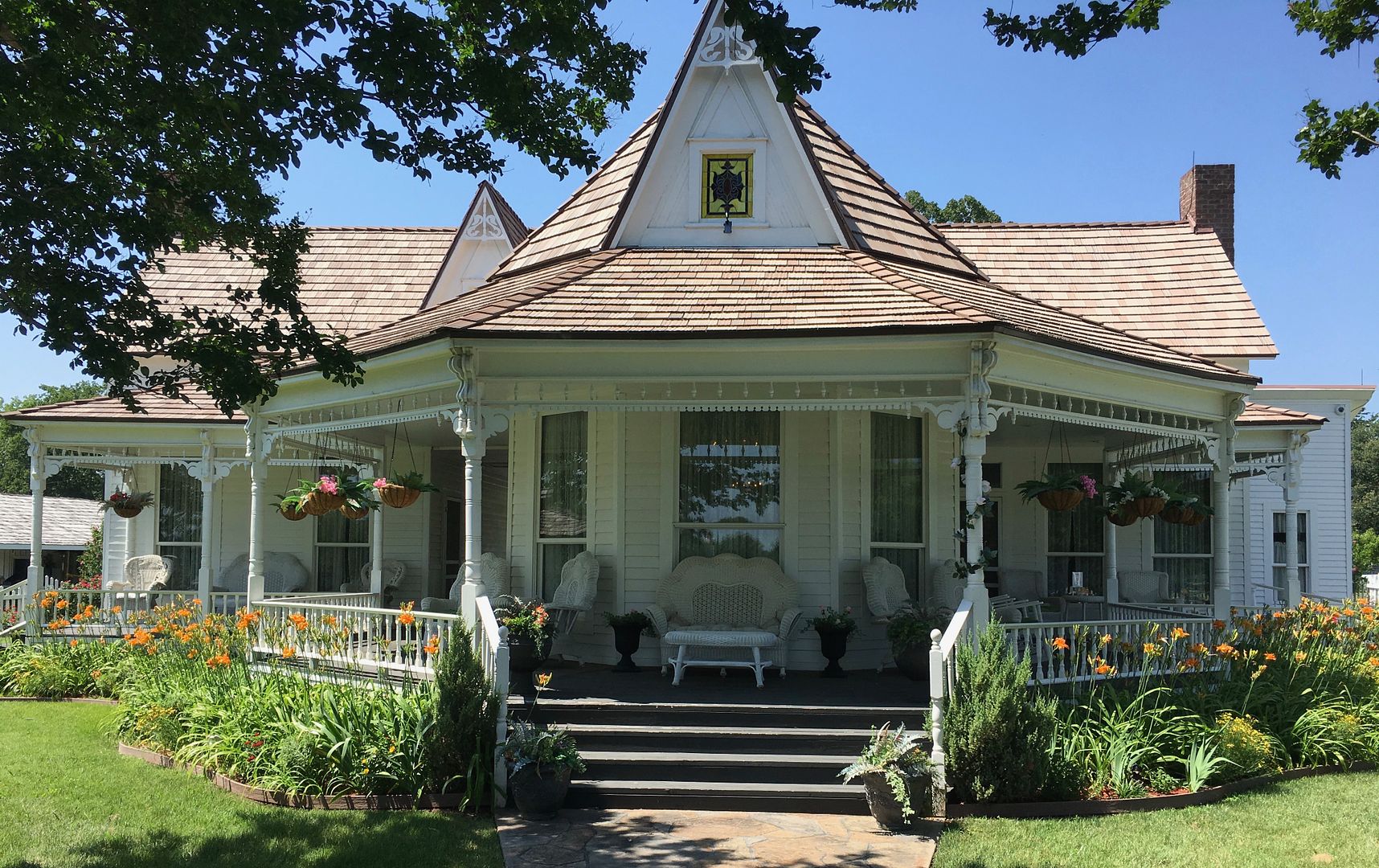

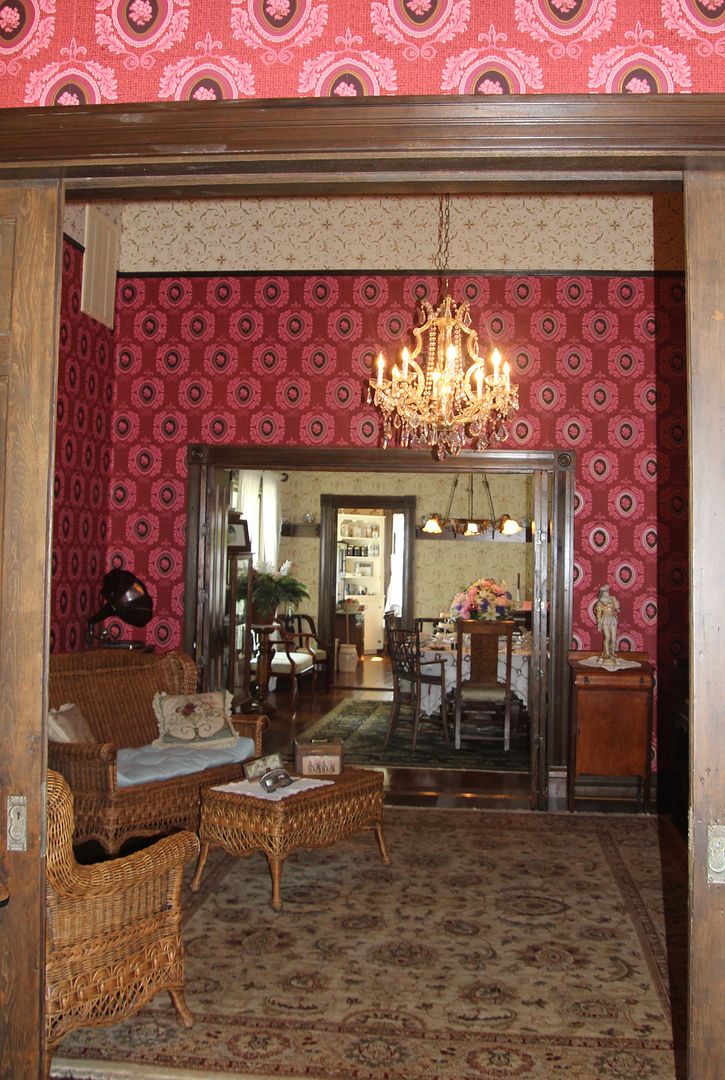
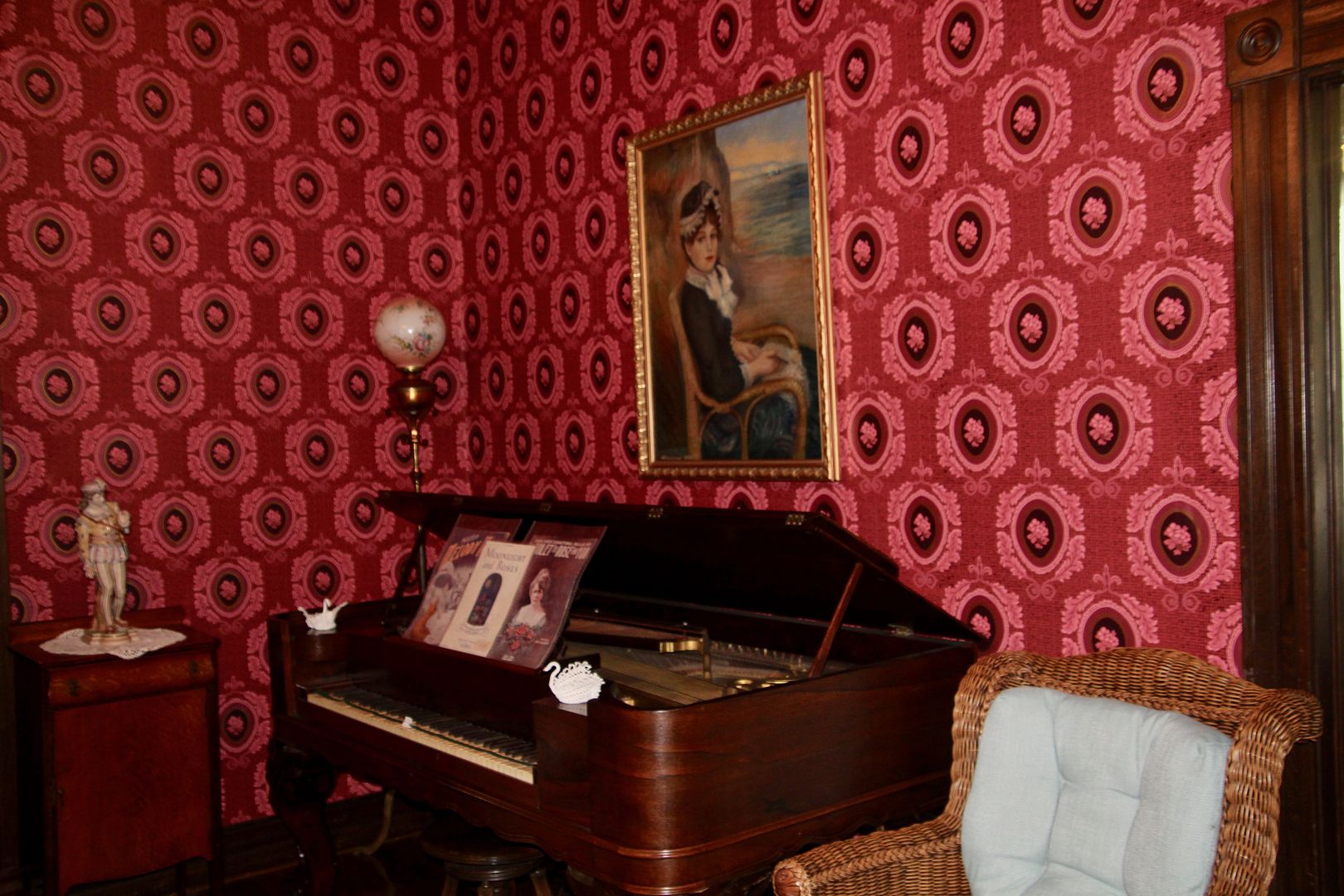
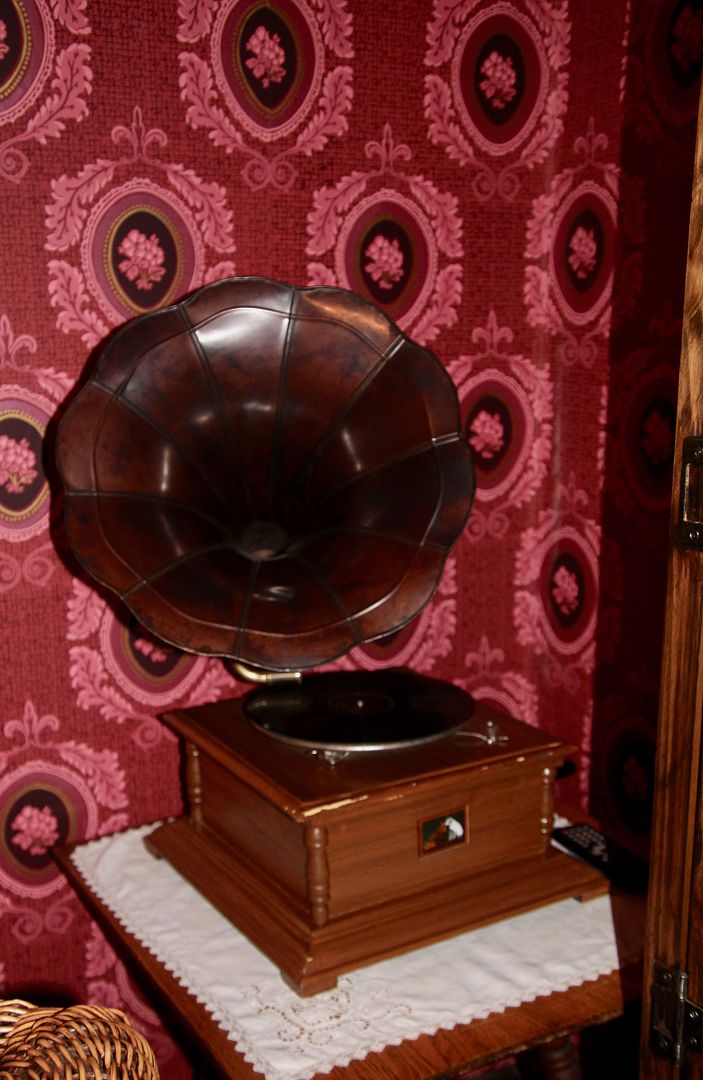
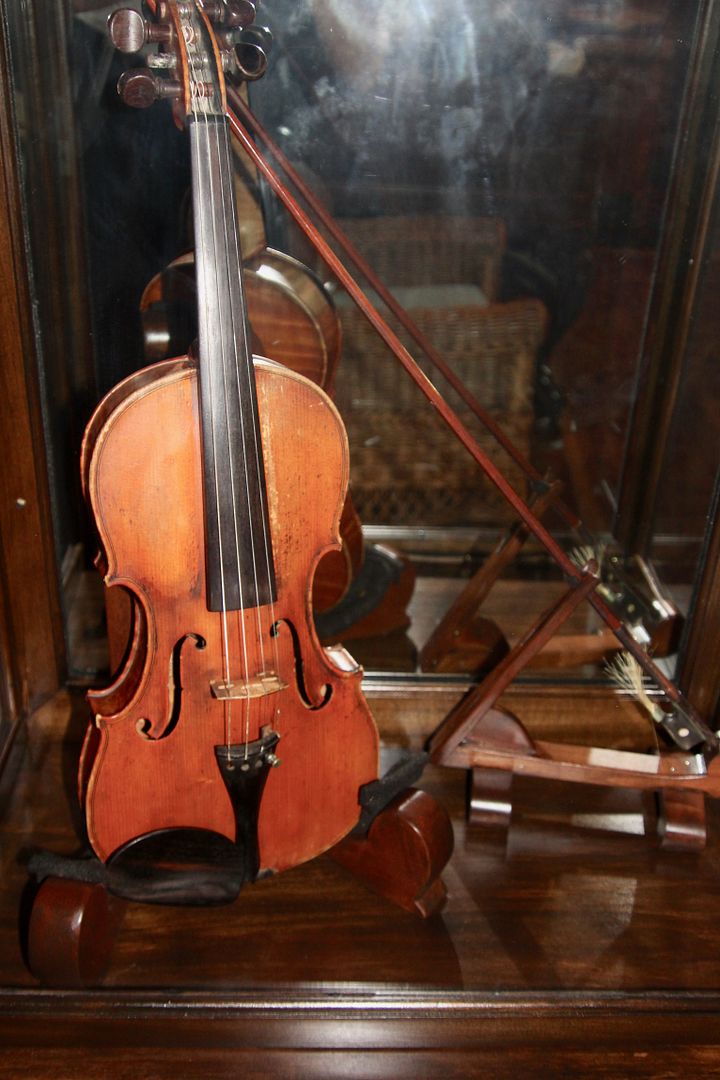


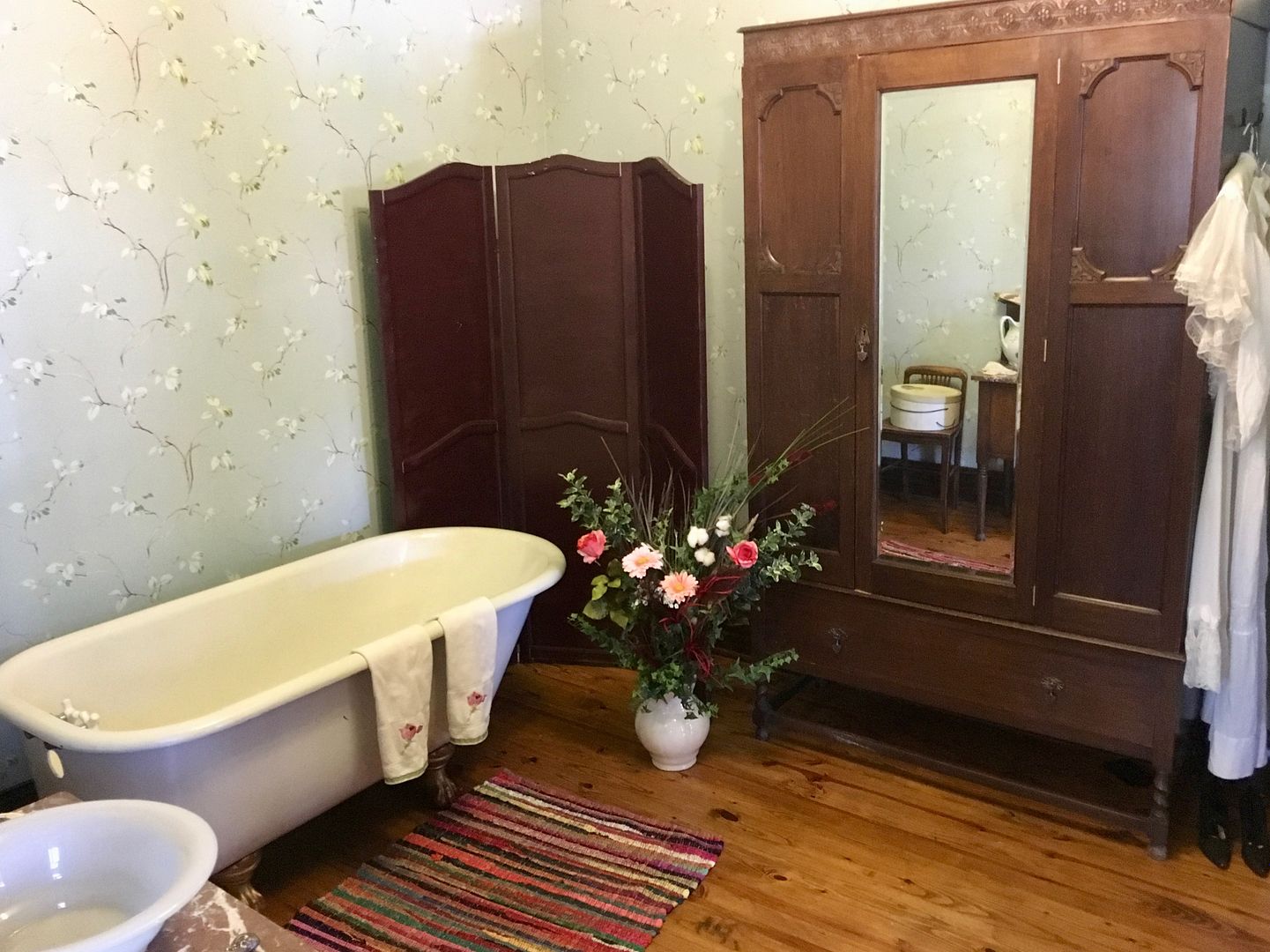
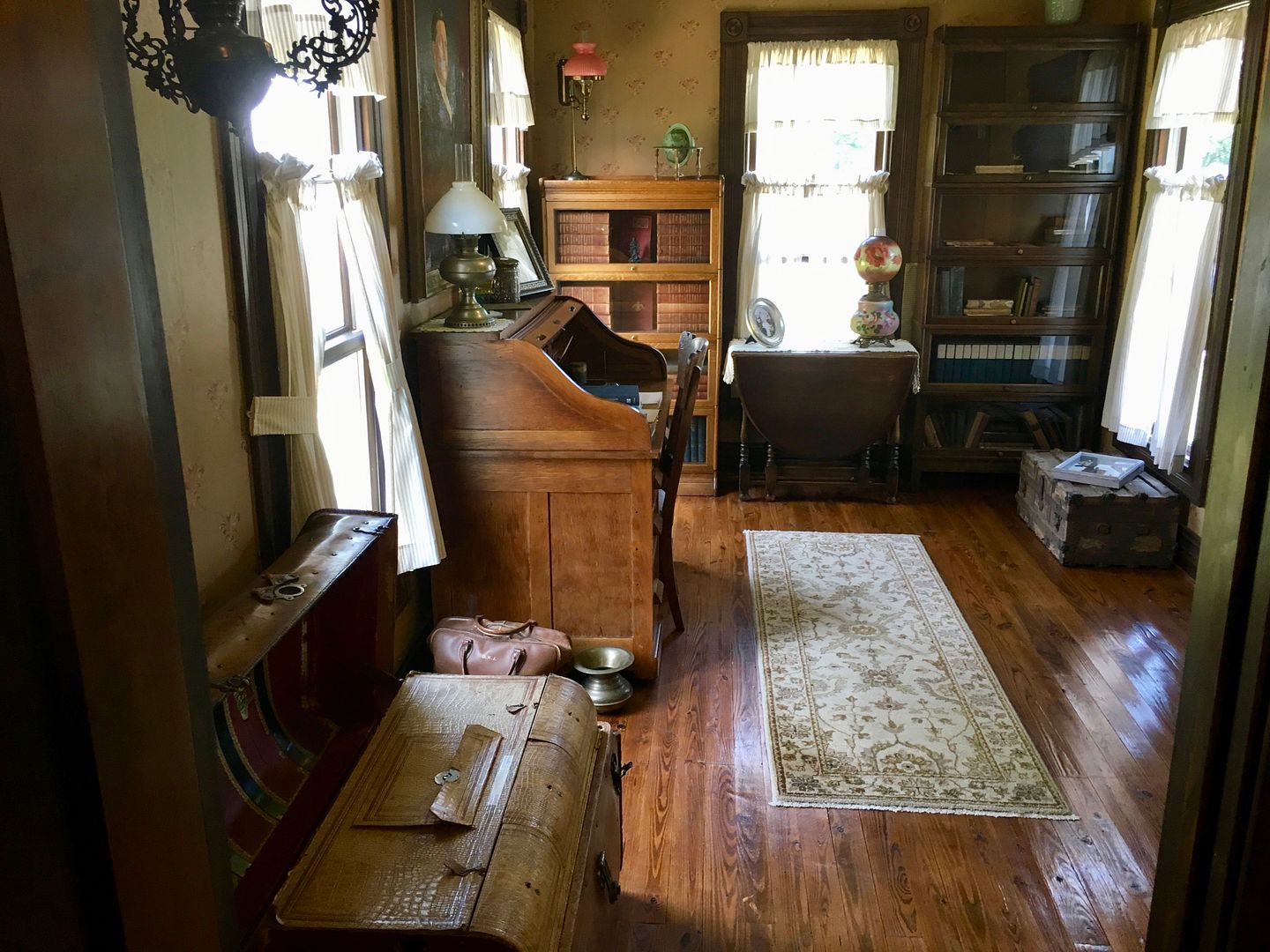
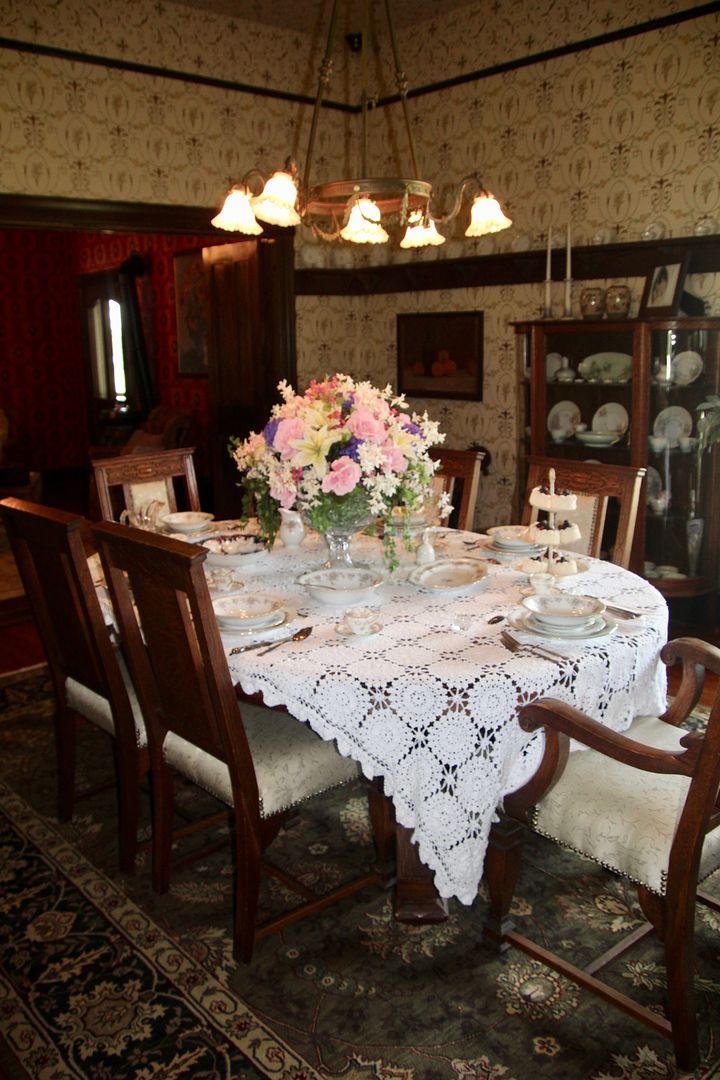
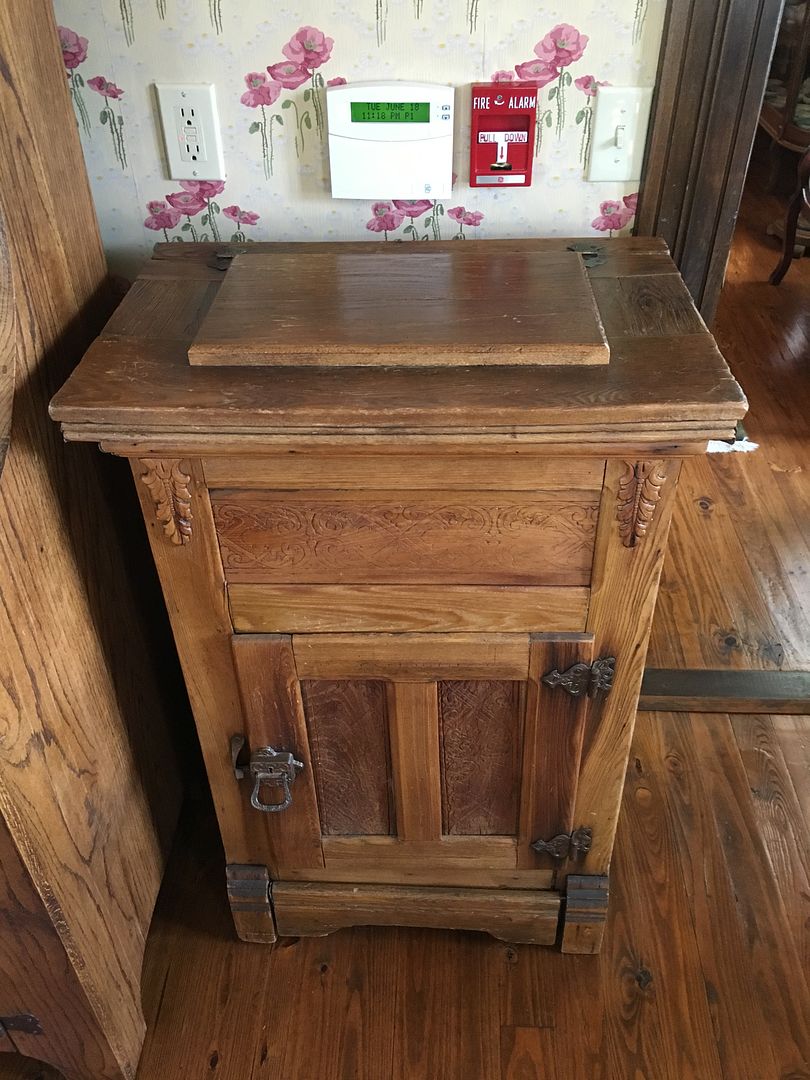
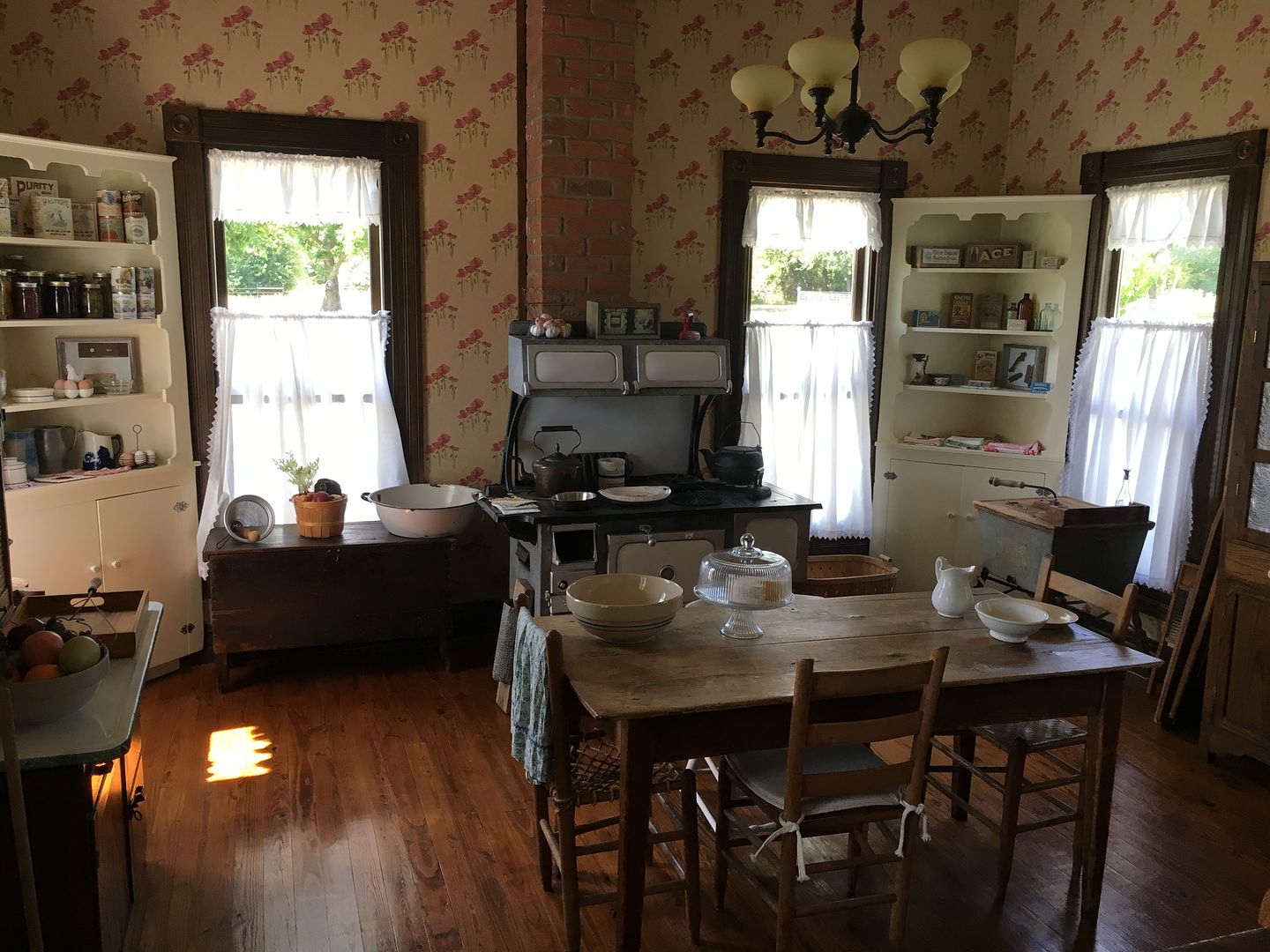
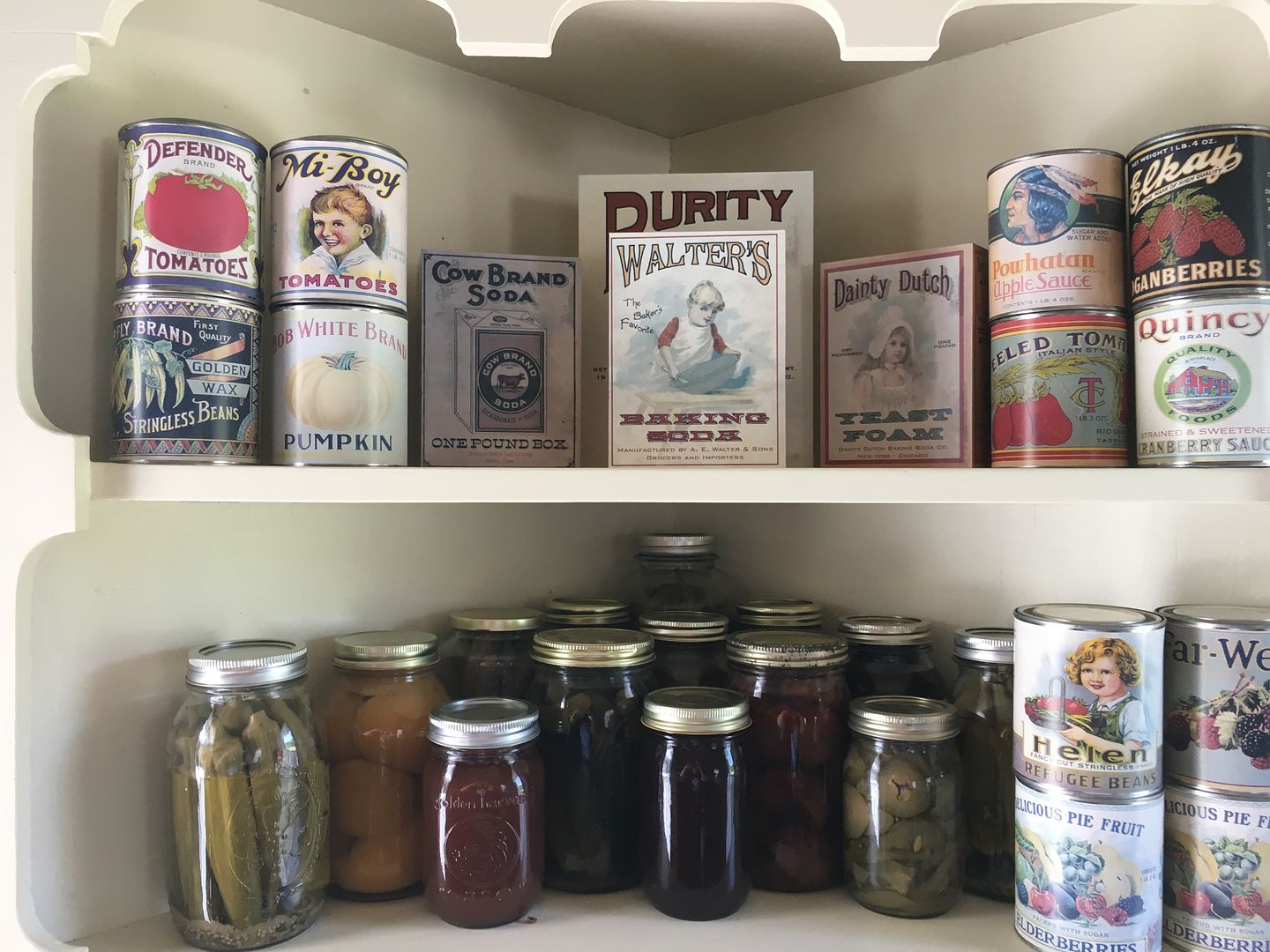
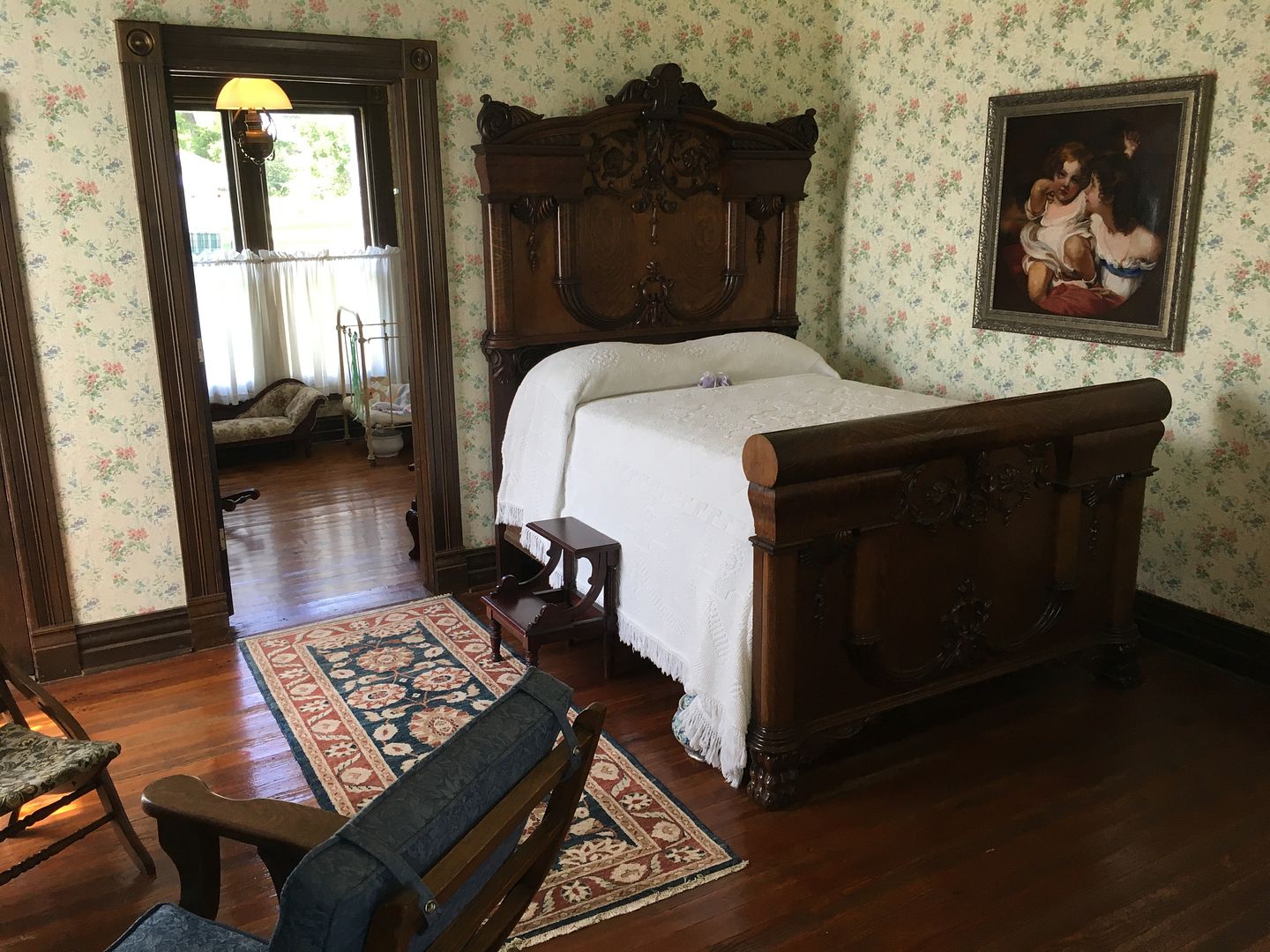
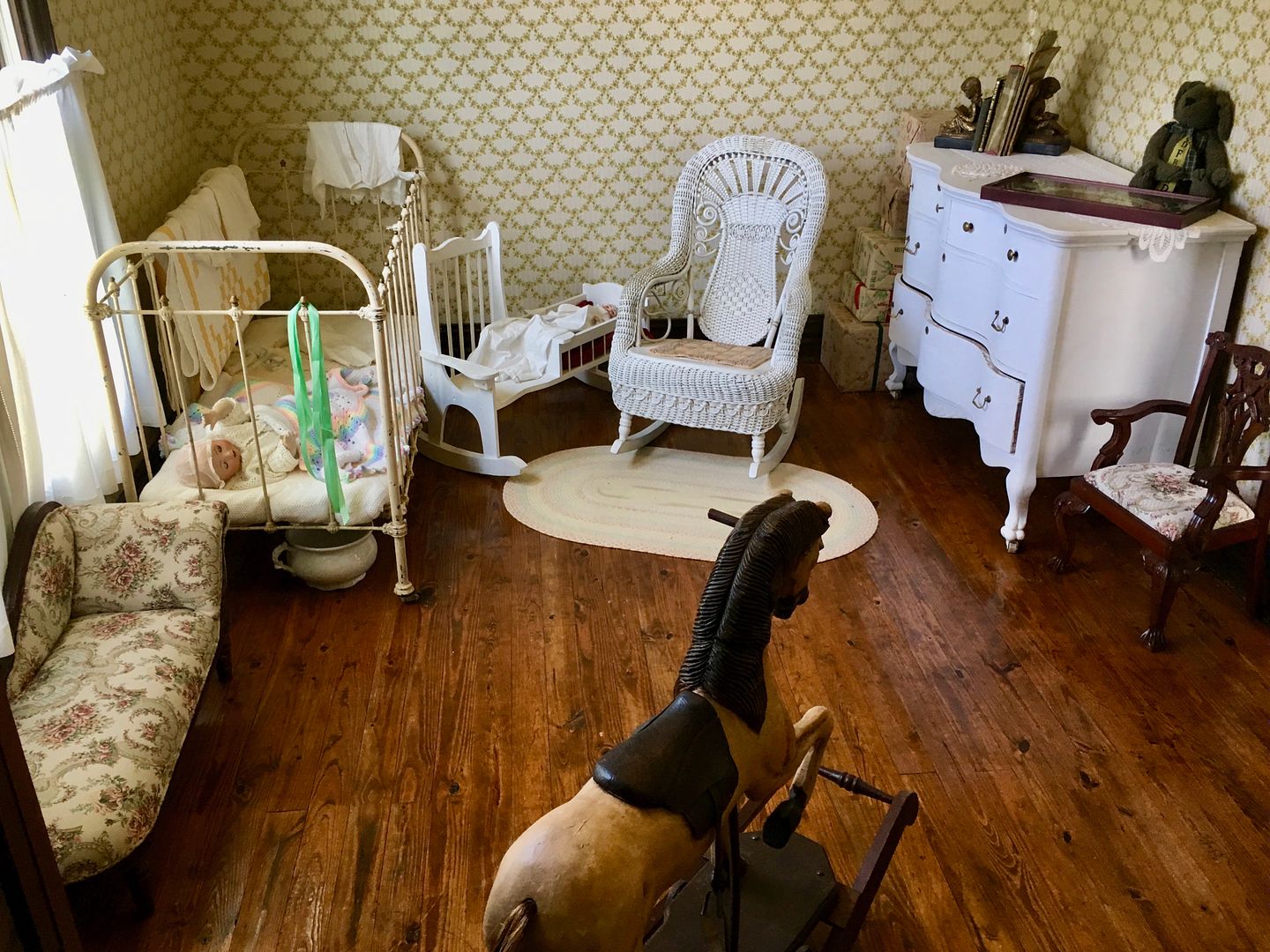

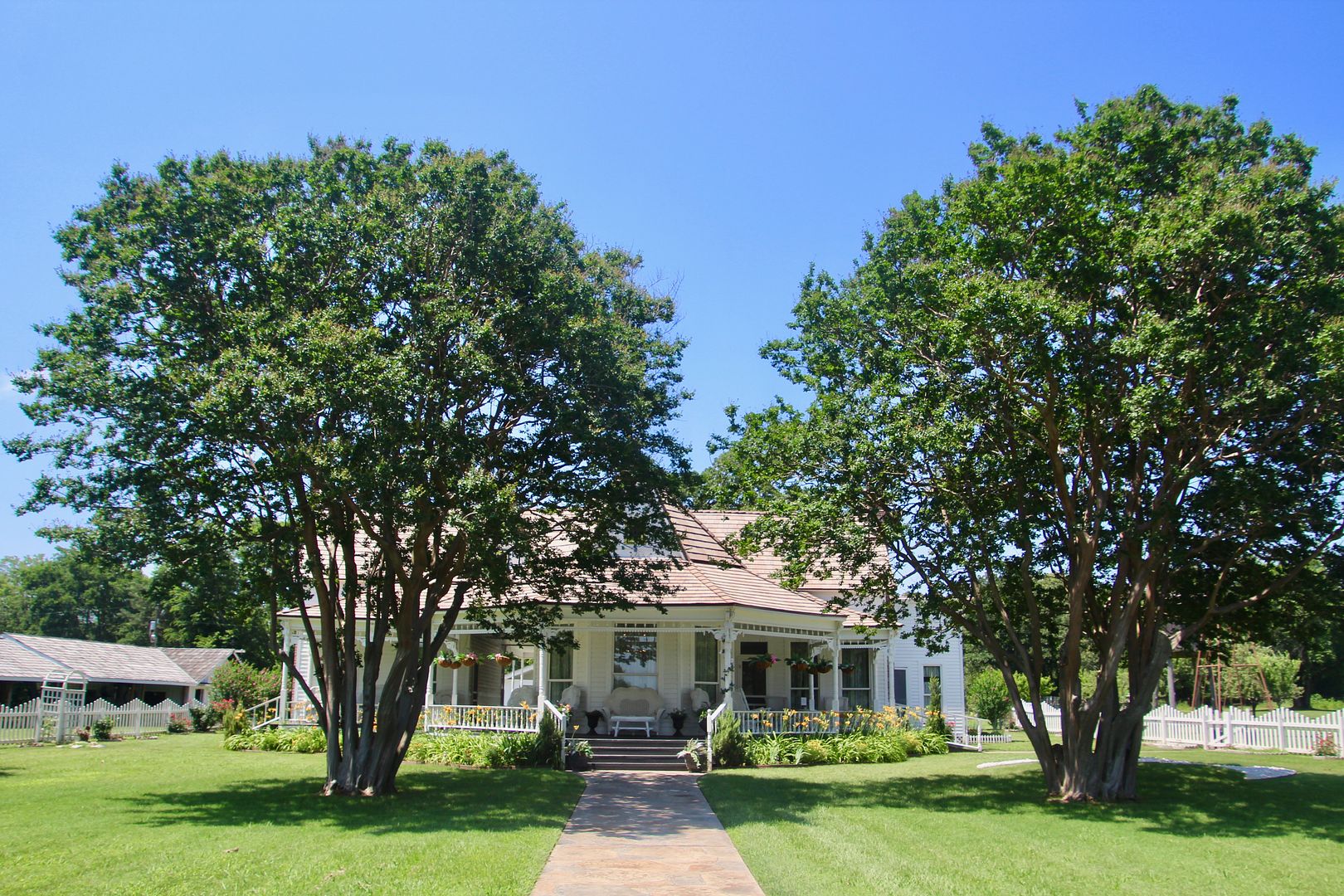
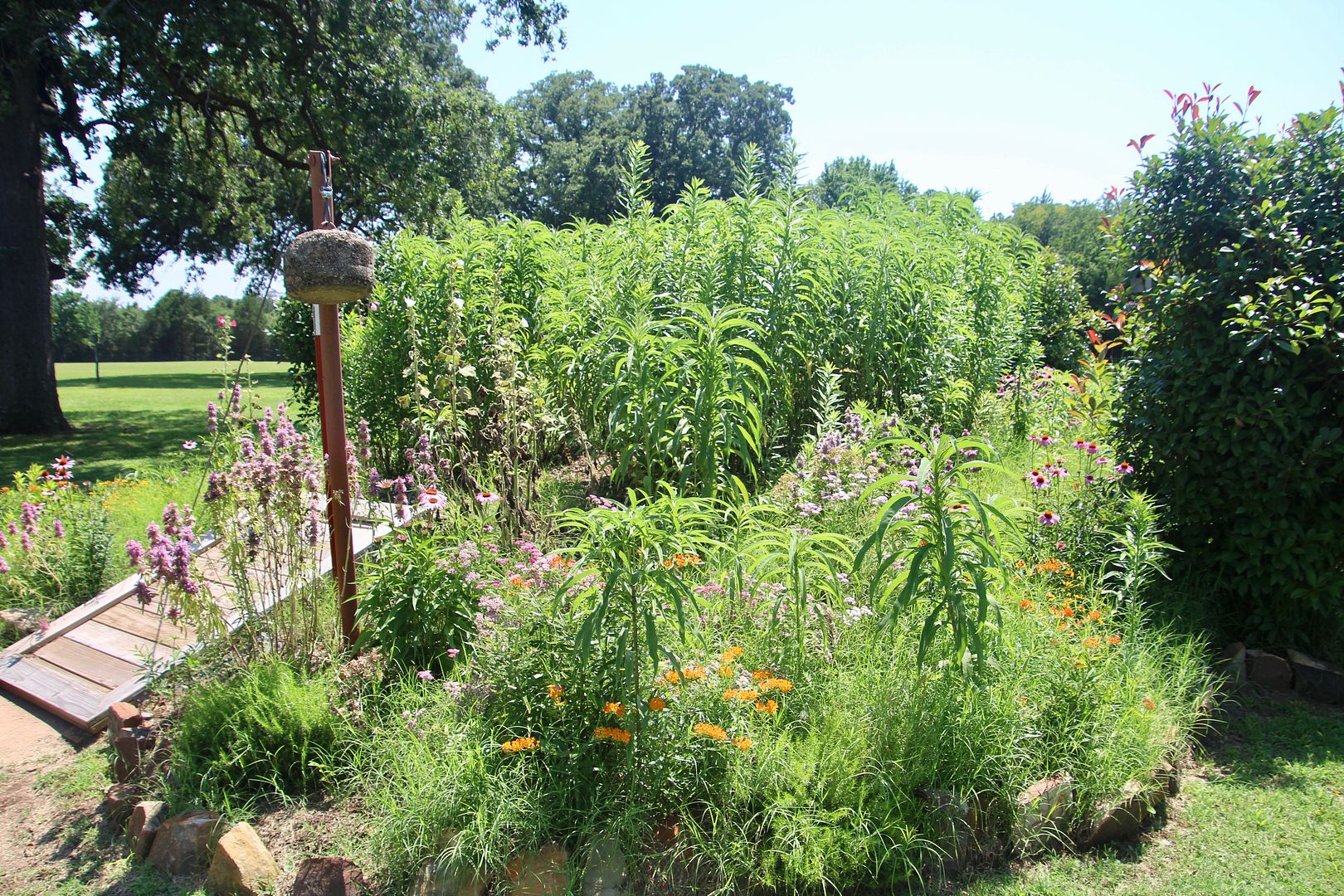
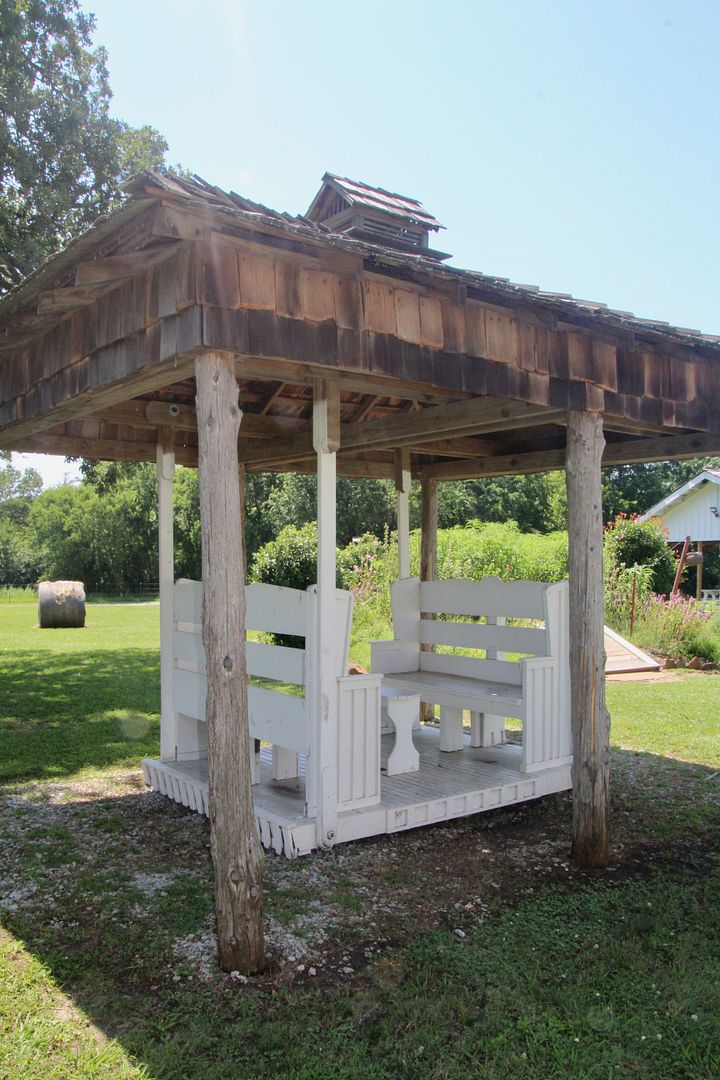
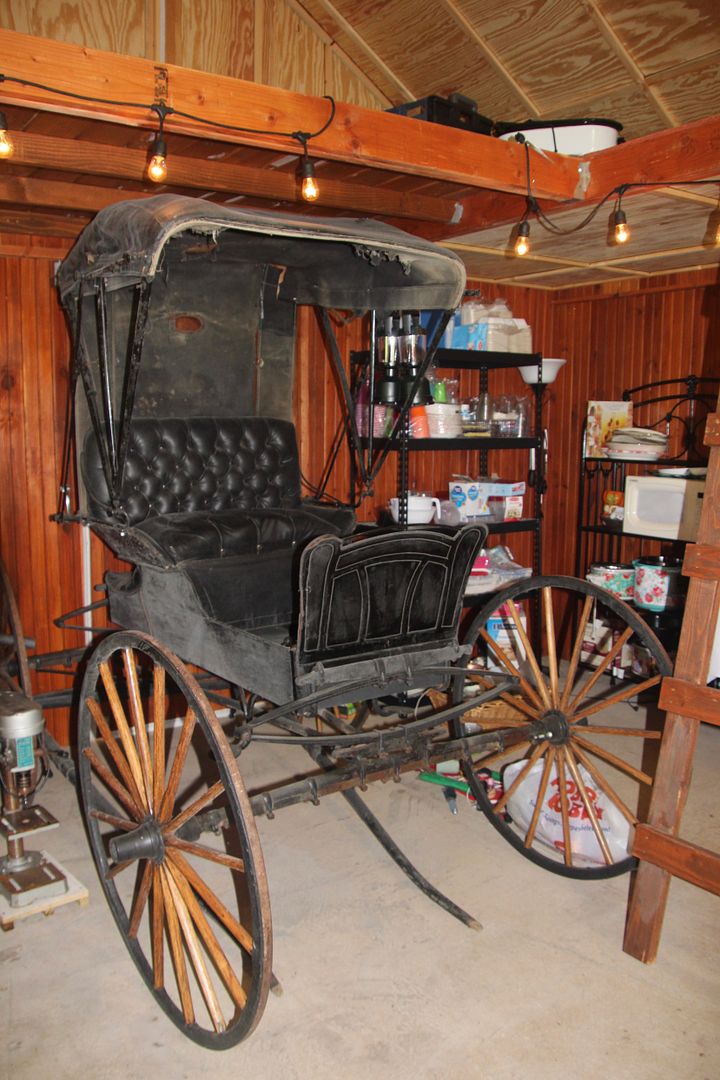
No comments:
Post a Comment